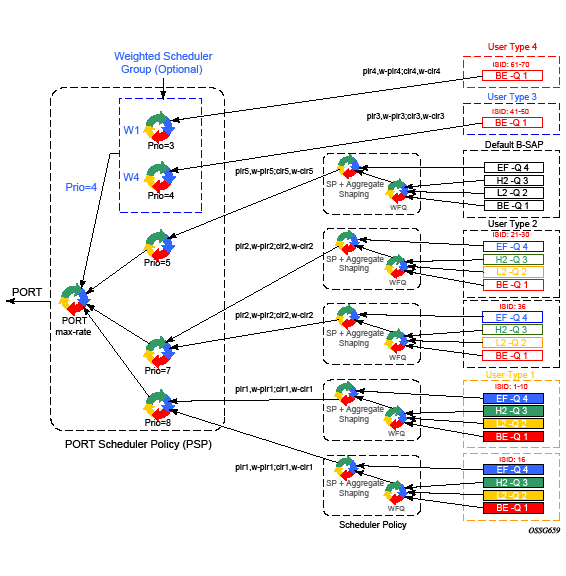
Figure 1 displays an example of egress queue scheduling.
The queuing and scheduling re-uses existing scheduler policies and port scheduler policy with the difference that a separate set of FC queues are created for each defined ISID context according to the encap-group configured under the egress context of the B-SAP. This is in addition to the set of queues defined in the SAP egress QoS policy applied to the egress of the entire SAP.
The user type in Figure 1 maps to a specific encap-group defined for the B-SAP in CLI. The operator has the flexibility of scheduling many user types by assigning different scheduling parameters as follows:
A specific scheduler policy to each encap-group with a root scheduler which shapes the aggregate rate of all queues in the ISID context of the encap-group and provides strict priority scheduling to its children.
A second tier scheduler can be used as a WFQ scheduler to aggregate a subset of the ISID context FC queues. Alternatively, the operator can apply an aggregate rate limit to the ISID context instead of a scheduler policy.
A specific priority level when parenting the ISID queues or the root of the scheduler policy serving the ISID queues to the port scheduler.
Ability to use the weighted scheduler group to further distribute the bandwidth to the queues or root schedulers within the same priority level according to configured weights.
To make the shaping of the ISID context reflect the SLA associated with each user type, it is required to subtract the operator’s PBB overhead from the Ethernet frame size. For that purpose, a packet byte-offset parameter is added to the context of a queue.
config>qos>sap-egress>queue>packet-byte-offset {add bytes | subtract bytes}
When a packet-byte-offset value is applied to a queue instance, it adjusts the immediate packet size. This means that the queue rates, like the operational PIR and CIR, and queue bucket updates use the adjusted packet size. In addition, the queue statistics also reflect the adjusted packet size. Scheduler policy rates, which are data rates, use the adjusted packet size.
The port scheduler max-rate and priority level rates and weights, if a Weighted Scheduler Group is used, are always ‟on-the-wire” rates and therefore use the actual frame size. The same applies to the agg-rate-limit on a SAP, a subscriber, or a Multi-Service Site (MSS) when the queue is port-parented.
When the user enables frame-based-accounting in a scheduler policy or queue-frame-based-accounting with agg-rate-limit in a port scheduler policy, the queue rate is capped to a user- configured ‟on-the-wire” rate and the packet-byte-offset is not included; however, the packet-byte-offset is applied to the statistics.